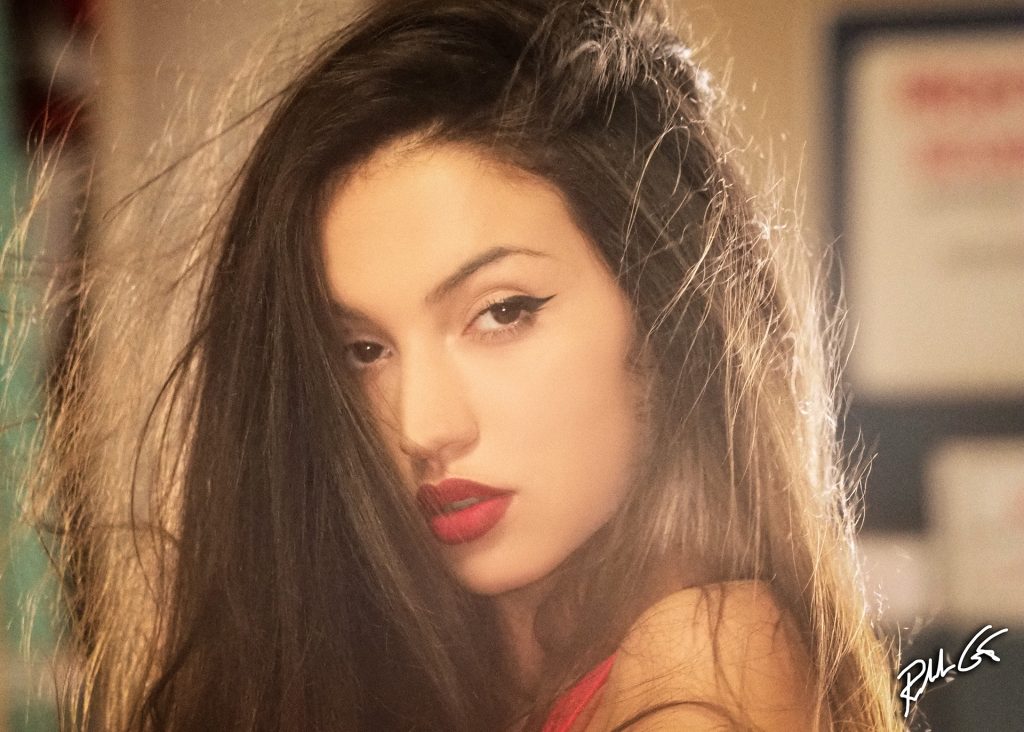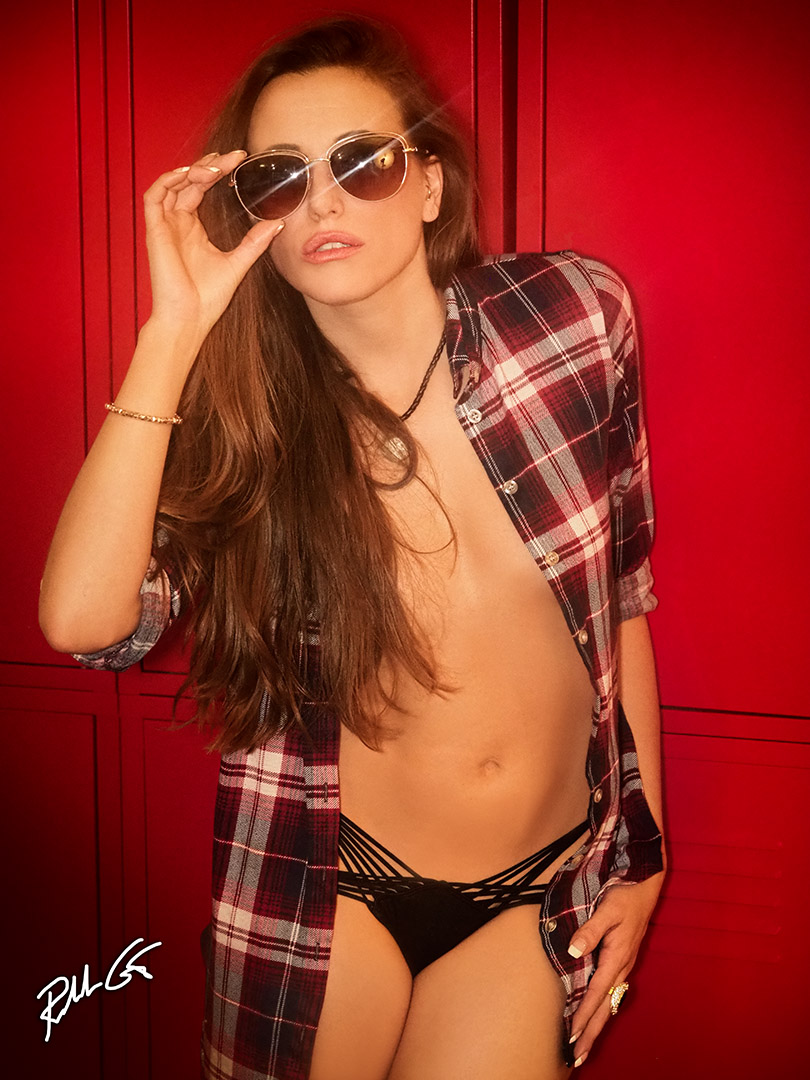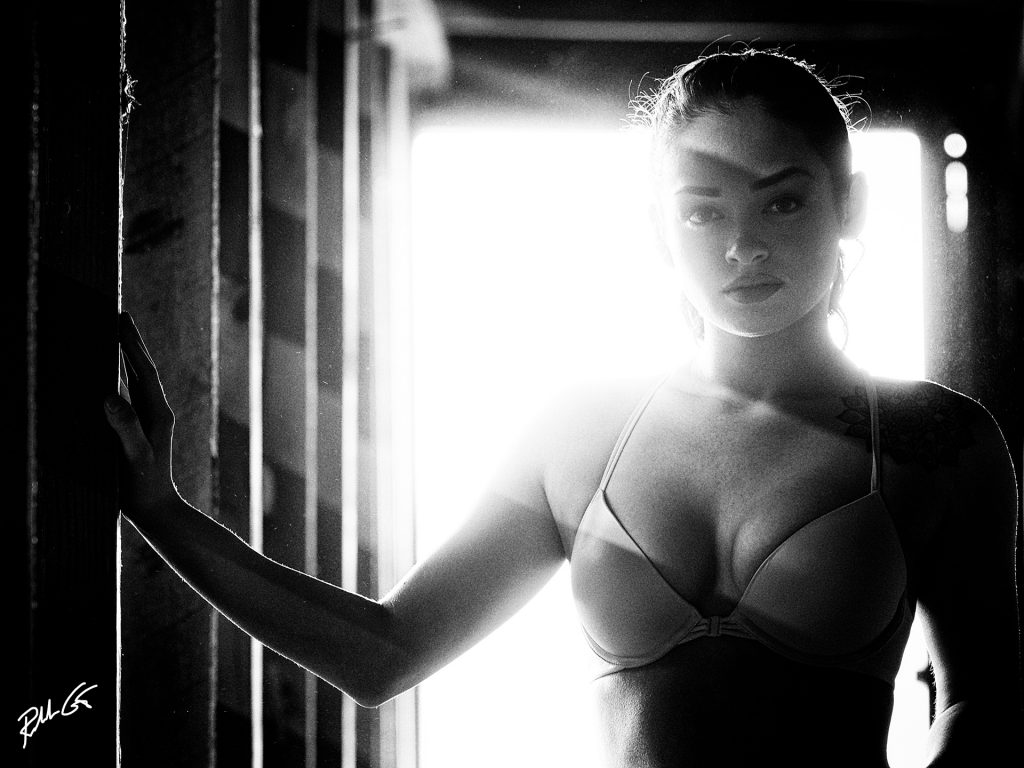A Simple Photography Technique
At my photography workshopsI advocate that depressing the camera shutter-release represents five-percent of the equation when it comes to the creation of photographs—pictures are easy, just pick up your smartphone. Photographs though require a little more use of your mind to include the understanding of technical knowledge along with a little creative talent, but sometimes your nose can make a difference in the creation of a great photo too.

In this photo a little bit of nose grease, or oil, was used to create the moody lens flare.
Yes, your nose. No, I’m not talking about being aware of the smells around you, unless you’re working in a hazardous location, instead I’m here to tell you that a little bit of “oil” off your nose with a swipe of your index finger can add a great element of mood to your photographs.

It’s not unusual for the nose grease photography technique to produce stars like a cross-screen filter effect.
It’s an old master photographer’s trick and don’t worry, as long as you clean your lens at the end of the shoot, it shouldn’t hurt your lens. As a disclaimer, do this at your own risk, however, that said, I’ve done this photography trick for almost four decades on various lenses and they’re all working fine. Besides, a little “seasoning” of your lens, like a coffee pot or cast-iron griddle, doesn’t hurt and may actually add an artistic style to your photos.
This photographic technique you can easily execute. Simply take your index finger and place it along the vertical edge of the any side of your nose, press lightly, and slide your finger down and away from your face, then take that same finger surface area and swipe it across the front of your camera lens. Depending how much oil your body has, you may have to get more oil from the other side of your nose.
This photography technique works best with one or two swipes across your lens. When you double swipe, try to space them apart so the center of your lens is not affected. It doesn’t hurt to get your lens dirty with body oil or as I call it, nose grease, after all, once you capture the photos you need, just clean your lens carefully—don’t store your camera lens with the nose grease still on it.
A few quick tips when you use this natural body oil photography technique. It works best when there is strong light, or specular light sources behind your subject, or light striking your subject from the side. Sometimes you might have to remove your lens hood if you have one attached to the front of the camera lens in order to take advantage of the nose grease flare. If you don’t like what you see, carefully clean the lens and use nose grease on the opposite sides of the lens from where you originally had placed the nose grease.
Play with it until you get the look you want, and you can also get a different affect by raising or lowering your aperture values, but don’t forget to adjust your camera shutter-speed for proper exposure of the photograph. The beauty of digital photography, especially with the newer mirrorless cameras where your viewfinder provides a what you see is what you get, or WYSWYG electronic viewfinder, you can see your results instantly and adjust your oil film placement along with your camera exposure settings until you get exactly what you’d like to capture.

With wider apertures and stronger backlight, the dramatic effect increases with the nose great photographic technique.
In the end, when you apply your creativity with the use of your mind’s technical knowledge of photography plus your nose, you stand a great chance to capture some great photos you and your subject will love. Don’t be afraid to experiment when it comes to photography, though always take precautions and when it comes to the use of nose grease on your camera lenses, don’t forget to carefully clean them when you’re done. Now go use your nose and capture some great images with your digital camera!



